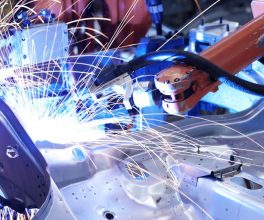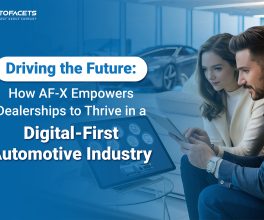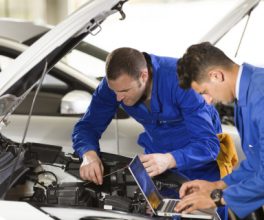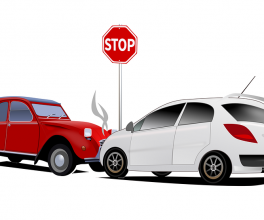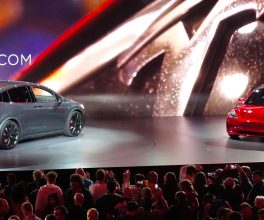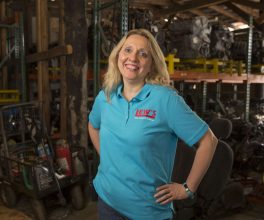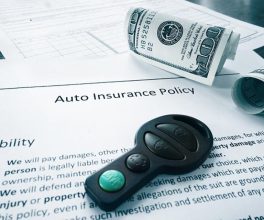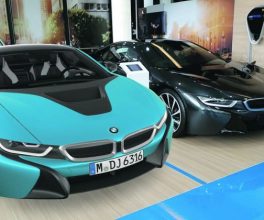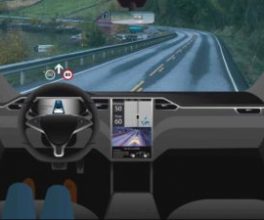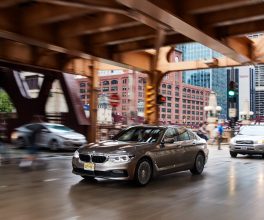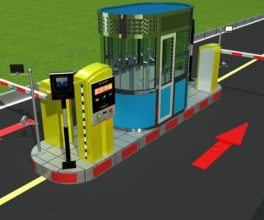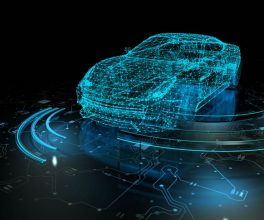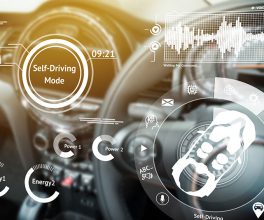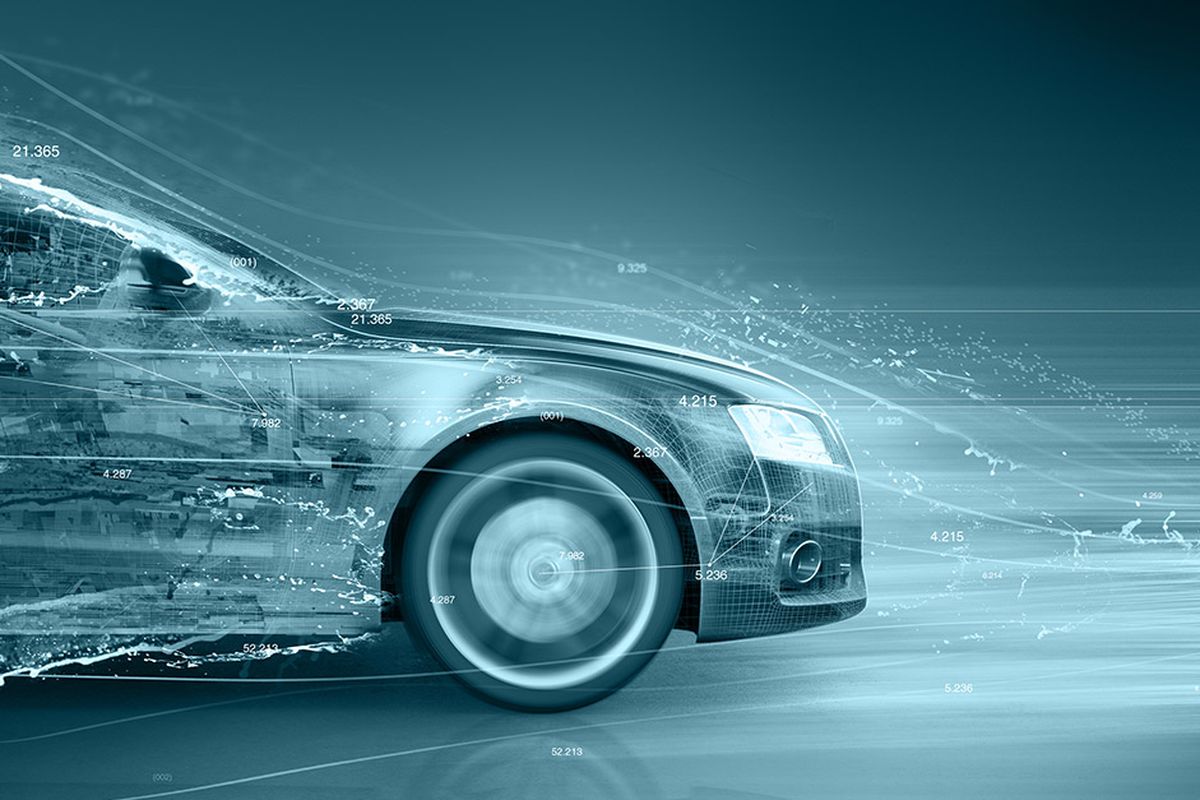The technological and business model for autos is slowly but surely moving toward a software-and-services-focused approach.
A version of this essay was originally published at Tech.pinions, a website dedicated to informed opinions, insight and perspective on the tech industry.
The continuing evolution of the modern automobile is arguably one of the most exciting and most important developments in the tech world today. In fact, it’s probably one of the most important business and societal stories we’ve seen in some time.
If ever there was an industry ripe for disruption — and in need of a tech overhaul — the automotive industry is it.
The leadership at no less venerable a player than Ford Motor Co. obviously felt the same way — they just replaced their CEO, despite his long-term tenure with the company and the record-setting profits he helped drive during his three-year leadership there. The reason? Not enough progress on advancing the company’s cars forward in the technology domain, particularly with regard to electric vehicles, autonomous driving and new types of transportation service-focused business models.
As has been noted by many, these three capabilities — electrification, autonomy and cars as a service — are considered the key trends driving the auto market today and into the future, at least as far as Wall Street is concerned. In reality, the picture isn’t nearly that simple, but it is clear that tech-industry-driven initiatives are driving the agenda for today’s carmakers. And it’s pushing many of them into uncomfortable positions.
It turns out, however, that in spite of the importance of this critical evolution of automobiles, this is one of those issues that’s a lot harder to overcome than it first appears.
In addition to the mechanical and computer architecture complexity of the cars themselves, the organizational and business model complexity of today’s car companies and the entire auto supply chain also contribute to the problem. Having evolved over the more than 100-year history of the automotive industry, the system of multiple Tier 1 suppliers, such as Harman, Delphi, Bosch and others, buying components from Tier 2 and Tier 3 suppliers down the chain and car brand OEMs (such as Ford) piecing together multiple subsystems from different combinations of Tier 1s to build their cars is notoriously complex.
If ever there was an industry ripe for disruption — and in need of a tech overhaul — the automotive industry is it. That’s why many traditional carmakers are concerned, and why many tech companies are salivating at a chance to get a piece of the multi-trillion-dollar global automotive industry.
The technological and business model for autos is slowly but surely moving towards a software-and-services-focused approach.
It’s also why companies like Tesla have made such a splash. Despite its very modest sales, it is seen as a credible attempt to drive the kind of technological and organizational disruption that many people believe is necessary to transform the automotive industry. In truth, however, because of the inherent and ingrained nature of the auto supply chain, even Tesla has to follow many of the conventions of multiple Tier 1 suppliers, etc., that its rivals use. The problem is that deeply embedded.
In order for that to happen, several key challenges need to be addressed. Most importantly, major enhancements in automotive security — both through architectural changes and software-driven advances — have to occur. The potential for life-threatening problems if either standard or autonomous cars get hacked should make this point painfully obvious.
Connectivity options, speed and reliability also have to be improved, and that’s where industry-wide efforts like 5G and specific products from vendors like Qualcomm and Intel can make a difference.
Finally, car companies and critical suppliers need to figure out the kinds of services that consumers will be willing to pay for and deliver platforms and architectures that can enable them. Like many other types of hardware devices, profit margins on cars are not very large, and with the increasing amount of technology they’re going to require, they could even start to shrink. As a result, car companies need to think through different ways of generating income.
Thankfully, a number of tech startups and established vendors, such as Harman, are working on creating cloud-based platform delivery systems for automotive services that are expected to start bringing these capabilities to life over the next several years.
Bob O’Donnell is the founder and chief analyst of Technalysis Research LLC, a technology consulting and market research firm that provides strategic consulting and market research services to the technology industry and professional financial community. Reach him @bobodtech.

